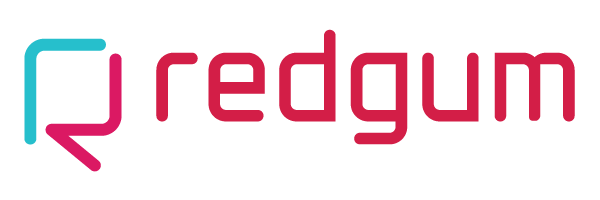
Redprint™
A Blueprint is a document that captures the design and engineering of a process. Traditionally it represents a tool that helps to disseminate information amongst all stakeholders of a project.
Redgum’s Redprint™ is an active blueprint or digital twin for software that changes as the project evolves.
Redgum’s Redprint™ is a software architecture, design, and quality framework that captures both the high-level goals as well as every technical detail of a project. Redprint™ is a ‘shared canvas’ where your Business Team, Development Team, and Quality Assurance Team can all agree on the results.
Based on Redprint™, Deliver is an agile process that is applied to both the design and development process, adding additional layers of approval and accountability that ensure a more accurate and efficient development program, with a greater return on investment.

DECODING SOFTWARE DEVELOPMENT
Software development is complex. It requires all parties to have a clear understanding of the objectives, resource requirements, and responsibilities.
Most development processes fail to create and maintain the channels of communication necessary to create software that delivers on its promise, within time and budgetary constraints. Redgum’s Redprint™ challenges the existing software development paradigm by allowing clients to maintain visibility and control over their projects.

BETTER COMMUNICATION DRIVES BETTER SOFTWARE
Miscommunication is expensive, especially when it comes to software development.
It is well documented that a dollar spent at the scoping stage will save $7 at the development stage. Redprint™ allows for clearer communication between clients and Redgum’s development team. It captures communication between all parties, as well as documenting the build process.
Software project managers work directly with Redgum’s senior engineers to refine every aspect of the development process, ensuring clients maintain control over resource allocations and critical timelines.

‘MUST HAVE’S’ vs. ‘NICE TO HAVE’
Not all things are equal with software development. Some features should have priority over others. The question becomes, how do you prioritise what comes first.
Once you have captured a project within Redprint, Redgum’s leaders work with your people to determine what is practical within initial budgetary and time constraints. They then scope out these works, as well as future works, providing a clear roadmap for development.
Whether you are updating an existing software solution or building a new solution from scratch, Redgum’s methodologies and online tools ensure that resources are allocated to delivering the most important outcomes, in the shortest possible timeframes.
SOFTWARE DOES NOT EXIST WITHIN A VACUUM
Software does not exist within a vacuum. It exists within a world where end users expectations change. It exists within an environment where organisations and technology continue to evolve. There is no end point with software. It must continue to evolve to remain relevant. The moment it is no longer relevant, end users will discard it. Redgum’s goal is not only to develop your software; it is to ensure it continues to meet the expectations of end users. Redprint™ makes this practical.
Because Redprint™ is a development environment that captures every aspect of your software development, it is the perfect tool to maintain your software throughout its lifecycle. Redgum can work with you to implement an ongoing product evolution process that fits your budget. This staged approach reduces the chance of major costs and disruptions to your business.

COMPLETE VISIBILITY AND CONTROL
Redprint™ with Deliver™ helps to decode the software development process. Whereas many developers like or unintentionally keep their clients somewhat in the dark on how to build their software, Redgum believes in complete disclosure and transparency.
Redprint™ empowers clients by providing them with documented and graphical tools to ‘see through’ the development process. Over time, this builds confidence and trust. It also guarantees that clients have a fully documented solution, which is essential to IP evaluation and risk mitigation.
